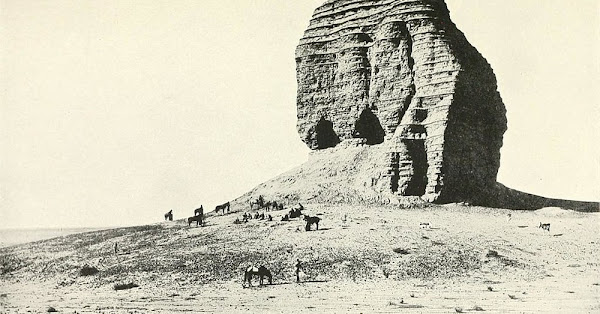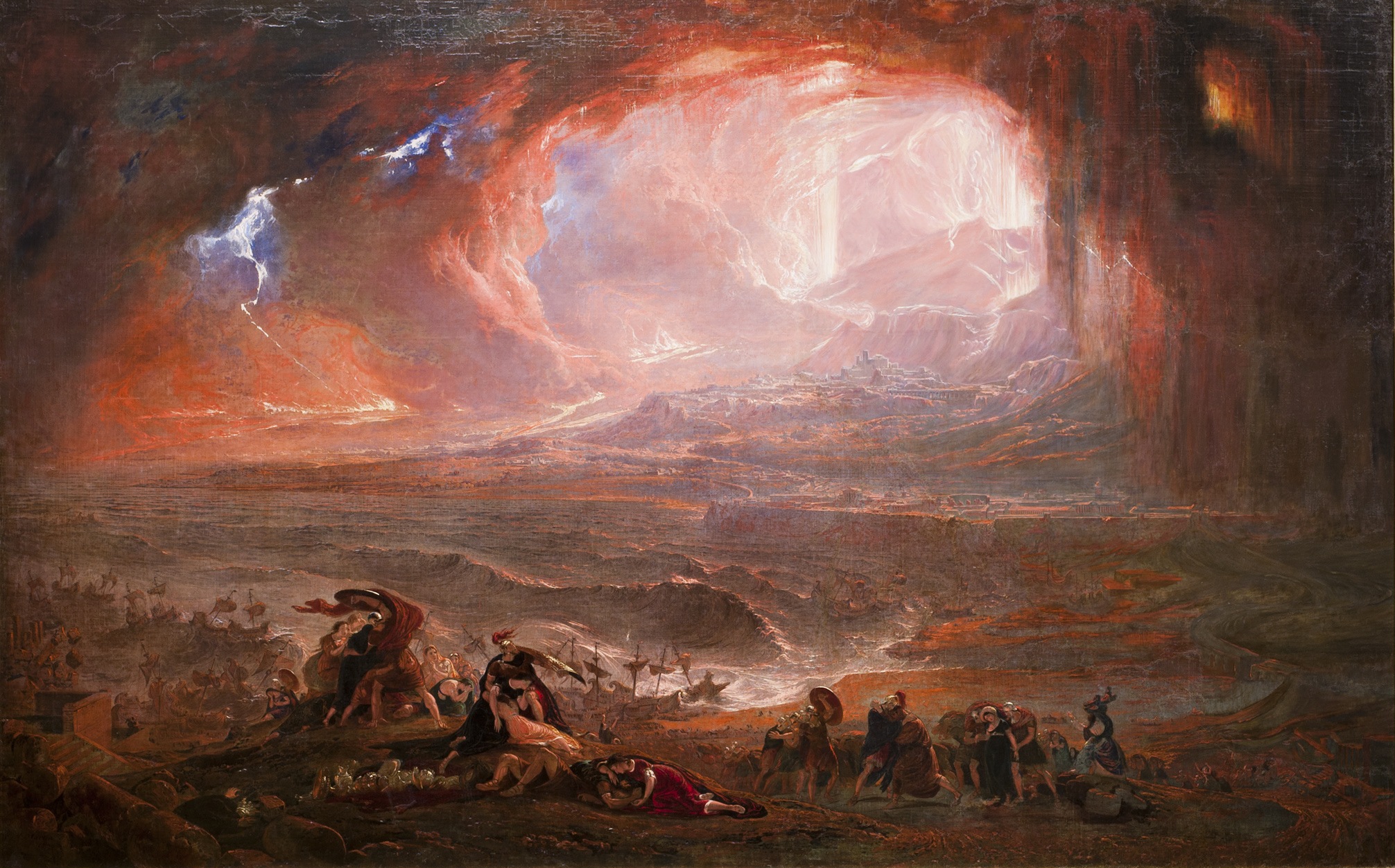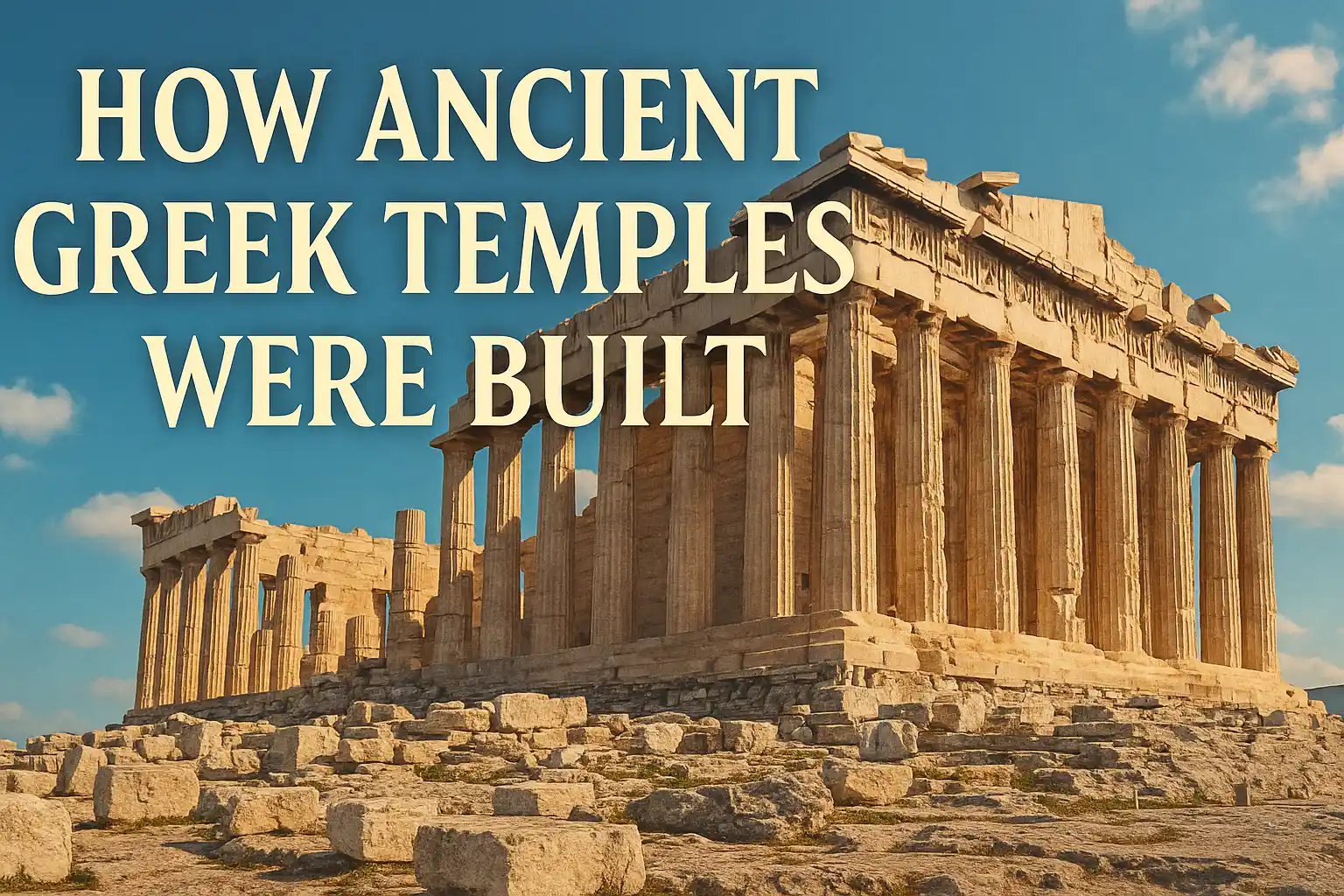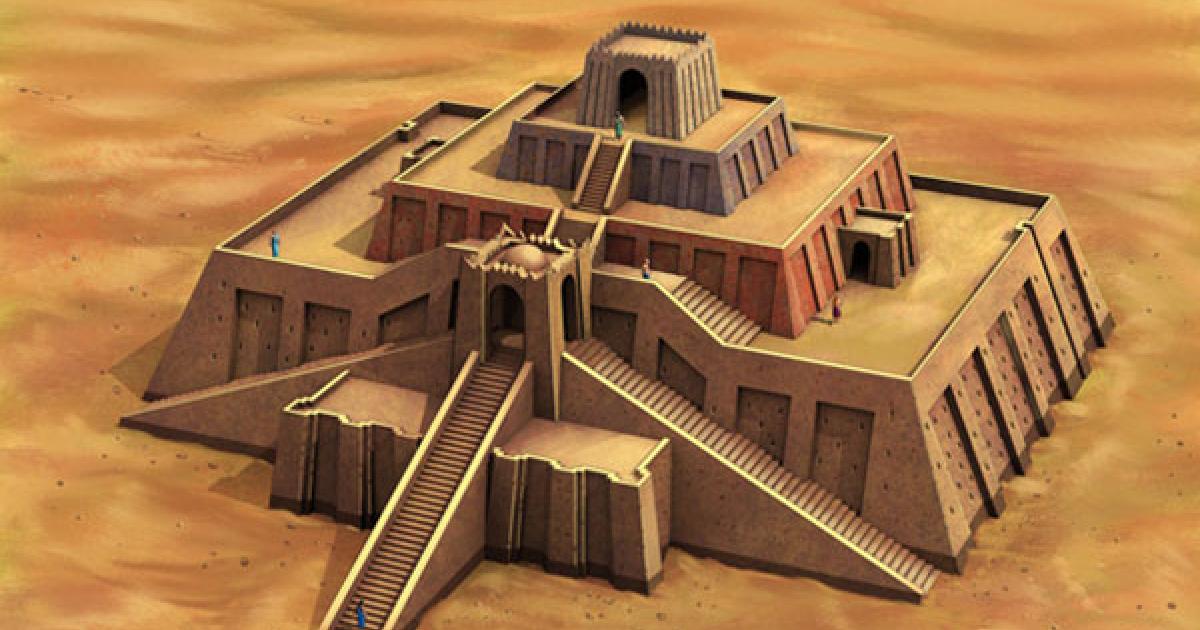
Towering high above the flat landscapes of Mesopotamia, the ziggurat was not just a feat of early engineering — it was a sacred connection between earth and the heavens. The ziggurat meaning in ancient Mesopotamia is deeply tied to both religion and society, revealing the spiritual and political priorities of the world’s first cities. These monumental structures weren’t just temples — they were mountains made by human hands, built to elevate the gods and solidify royal power.
What Is a Ziggurat?
The word “ziggurat” comes from the Akkadian ziqqurratu, meaning “to rise high” or “to build on a raised area.” True to its name, a ziggurat is a terraced structure composed of several stacked levels or platforms that form a pyramid-like shape with a flat top. Unlike the Egyptian pyramids which served as tombs, ziggurats in Mesopotamia functioned as holy sanctuaries for divine worship.
Atop each ziggurat stood a temple dedicated to a major deity, such as Marduk in Babylon or Inanna in Uruk. These temples were thought to be literal homes for the gods — sacred domains where only the priestly class could enter. For the ancient Mesopotamians, the higher the temple, the closer it was to the divine realm.
✅ Ziggurat meaning in ancient Mesopotamia was tied not to death, but to divine presence — an earthly foothold for celestial beings.
The Role of Ziggurats in Mesopotamian Society
The construction of ziggurats began around the late 3rd millennium BCE and flourished in Sumerian, Akkadian, Babylonian, and Assyrian cities. Each major city-state had its own patron god or goddess, and building a ziggurat was seen as an offering to that deity, symbolizing both reverence and dominance.
Ziggurats were typically built at the center of the city, surrounded by the rest of the urban layout. This placement was not coincidental. It emphasized the idea that the gods were the focal point of civic life and that kings ruled by divine favor. The king was often depicted as the temple builder — a servant of the gods who maintained order (known as ma’at in similar Egyptian ideology).
Priesthood and Worship
Access to the top level of the ziggurat was restricted. Only priests were allowed to enter the sacred space, and they would perform rituals, make offerings, and interpret omens on behalf of the people. These rituals included incense burning, animal sacrifices, and libations.
Some ziggurats also featured ziqqurat stairs — grand staircases that added to their majesty. Interestingly, the ziggurat was not a place for congregational worship; that happened in ground-level temples. The elevated temple was solely for the god and the priestly class.
Famous Ziggurats of the Ancient World

Ziggurat of Ur
Perhaps the most famous example is the Ziggurat of Ur, located in modern-day Iraq. Built during the reign of Ur-Nammu around 2100 BCE, it honored the moon god Nanna (or Sin). It originally had three terraces and a temple at its peak, connected by a monumental stairway.
This ziggurat was part of a larger religious complex and was considered a prototype for future Mesopotamian ziggurats. Modern excavations and partial reconstructions have made it one of the best-preserved examples of this architectural form.
🧭 To explore more about Ur’s ziggurat, visit the Penn Museum’s digital collection.
Ziggurat of Aqar Quf
Located near Baghdad, the ziggurat of Aqar Quf was constructed during the Kassite dynasty (14th century BCE). Although smaller and less intact than Ur’s ziggurat, it reveals how long the ziggurat meaning in ancient Mesopotamia remained relevant — across empires and centuries.
Etemenanki: The Tower of Babel?
One of the most mythologized ziggurats is Etemenanki, the massive Babylonian structure believed by some to be the origin of the Tower of Babel story in the Book of Genesis. Dedicated to the god Marduk, this ziggurat may have reached a height of 91 meters (300 feet), making it one of the tallest manmade structures of its time.
📚 Scholars at The Oriental Institute of the University of Chicago continue to study Etemenanki and its possible biblical connections.
Architectural Features and Innovations
Ziggurats were built using sun-dried mud bricks, which were readily available but required periodic maintenance due to erosion. The core was often solid, with only the outer layers constructed of more durable fired bricks. Bitumen — a naturally occurring asphalt — was sometimes used as mortar to waterproof the structure.
Each level or tier was slightly smaller than the one below it, creating the iconic stepped appearance. Some had as many as seven levels, symbolizing completeness or representing planets known to Mesopotamian astronomers.
Drainage systems, ventilation shafts, and protective coatings reveal a surprising degree of architectural sophistication — especially considering these buildings are over 4,000 years old.
Symbolism of the Ziggurat
The ziggurat meaning in ancient Mesopotamia goes beyond its physical construction. These structures symbolized:
-
Connection between heaven and earth
-
Royal legitimacy and divine favor
-
Cultural identity and city pride
In Mesopotamian cosmology, mountains were sacred, but the flat landscape of southern Iraq had no natural peaks. The ziggurat was therefore an artificial mountain — a stairway for the gods to descend, and for prayers to ascend.
The act of climbing the ziggurat stairs could itself be symbolic: a ritual journey from the mortal to the divine realm.
What Destroyed the Ziggurats?
Most ziggurats did not survive intact. Their vulnerable materials, combined with the ravages of time, wars, and looting, left many in ruins. Some were dismantled for bricks during later empires or eroded by flooding and neglect.
Yet even in fragments, the ziggurat meaning in ancient Mesopotamia endures — not only in physical remains, but in cultural memory. Many modern museums, including the Metropolitan Museum of Art, house surviving artifacts and models of ziggurats, keeping their legacy alive.
Inbound Reference from Maxmag
For a related deep dive into ancient sacred architecture, you can read this feature on Queen Puabi and her Royal Tomb at Ur, another remarkable artifact of Sumerian religious life.
Legacy of the Ziggurat Today
The architectural legacy of the ziggurat influenced later temple-building in the Near East. Some biblical scholars see reflections of ziggurat structures in the First Temple of Jerusalem or the apocalyptic visions in the Book of Revelation.
In modern times, ziggurat shapes have inspired buildings from libraries to government offices — symbolizing stability, hierarchy, and even cosmic order. The concept of the “sacred mountain” remains a powerful metaphor in spiritual and psychological frameworks.
FAQ: Ziggurat Meaning in Ancient Mesopotamia
What was the primary purpose of a ziggurat?
Ziggurats were elevated temples meant to house the deity of the city. They symbolized divine presence and royal authority, not tombs.
Were ziggurats used for sacrifices?
Yes, animal sacrifices and offerings were made by priests to appease or communicate with the gods. Common rituals included incense, libations, and symbolic objects.
Are there any surviving ziggurats today?
While many have eroded or collapsed, partially reconstructed sites like the Ziggurat of Ur still exist and can be visited in southern Iraq.
What is the difference between a ziggurat and a pyramid?
Pyramids were tombs built mainly in Egypt with smooth sides; ziggurats were tiered temple platforms with flat tops, built in Mesopotamia for worship.
Why are ziggurats considered so important?
They are among the earliest monumental religious structures in human history, offering insight into the beliefs, politics, and architectural skills of early civilizations.





